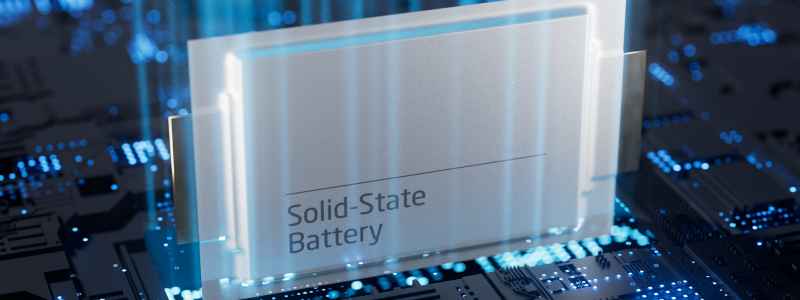TDK Multilayer Ceramic Chip Battery: A Solid-State Battery Technology to Power the Future
The TDK Multilayer Ceramic Chip Battery epitomizes the cutting edge of solid-state battery technology, heralding a new era of safer, more efficient energy storage solutions. In a landscape dominated by lithium-ion batteries, the TDK battery stands out for its innovative use of an oxide-based solid-state electrolyte, eliminating the safety risks associated with flammable electrolytes. This breakthrough not only enhances safety but also opens doors for broader applications in consumer electronics and electric vehicles.
Through meticulous electrochemical and material characterization, researchers have unraveled the secrets of the TDK battery's charge storage mechanism. Differential capacity analysis reveals intriguing phase transitions within the battery's active materials, shedding light on its performance characteristics. Additionally, microscopy techniques provide a glimpse into the battery's intricate layered structure, showcasing the complexity of its design. These insights underscore the battery's significance as a pioneer in solid-state technology, setting a precedent for future innovations in the field.
Beyond its technical intricacies, the TDK Multilayer Ceramic Chip Battery holds profound implications for the battery market. By leveraging advanced materials and novel manufacturing techniques, it not only addresses current safety concerns but also paves the way for scalable production of solid-state batteries. As the industry inches closer to widespread adoption of solid-state technology, innovations like the TDK battery will play a pivotal role in shaping the future of energy storage, powering the next generation of electronic devices and electric vehicles with unparalleled efficiency and safety.
To understand the charge storage mechanism of this battery we performed electrochemical and material characterization, which are discussed in the following blog:










